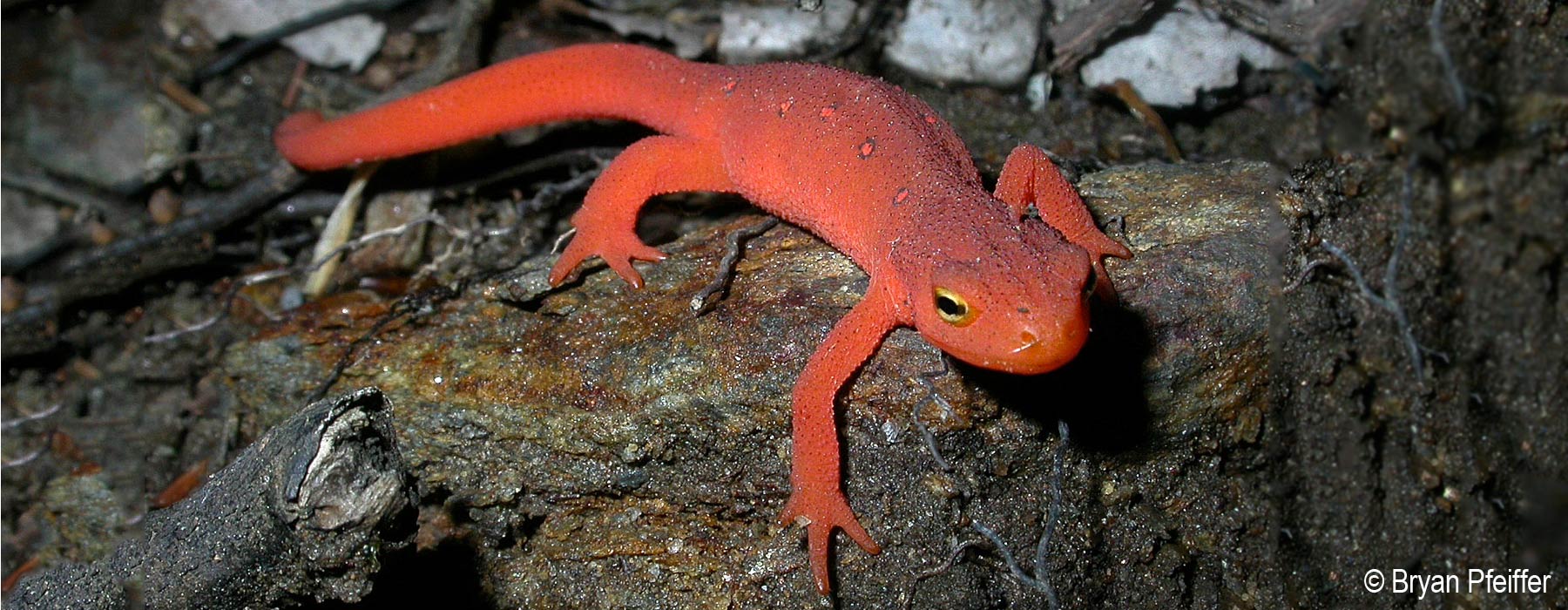Mercury, toxic to wildlife, is a well-known threat in lakes, ponds and even in forest ecosystems. Yet we know little about mercury's presence or effects on vernal pool systems. VCE is helping to find answers.
VCE Conservation Biologist Steve Faccio collaborated with scientists from Dartmouth College on a study that examined landscape influence on vernal pool mercury (Hg) levels and accumulation in amphibians and invertebrates. Mercury reaches pools via rainfall, leaf litter, and snowmelt, and a vernal pool's relatively high organic matter and low pH can support transformation of mercury to its more toxic and bioavailable form, methylmercury (MeHg).
Few studies have reported mercury and methylmercury in vernal pools, but levels of mercury in the forest floor have been shown to vary widely with landscape characteristics such as forest type, canopy cover, and land-use over small spatial scales.
Project Goals and Objectives:
- Select 20 pools identified in the Vermont Vernal Pool Mapping Project
- Evaluate Hg and MeHg levels and bioavailability
- Select a subset of pools for more intensive biological sampling over time to assess the sources and pathways of Hg and MeHg
- Determine how MeHg accumulates in breeding amphibians and invertebrates
- Assess how amphibians might “export” Hg to the terrestrial food web
Results:
The first publication from this project was published online in June 2019 in Ecotoxicology:

